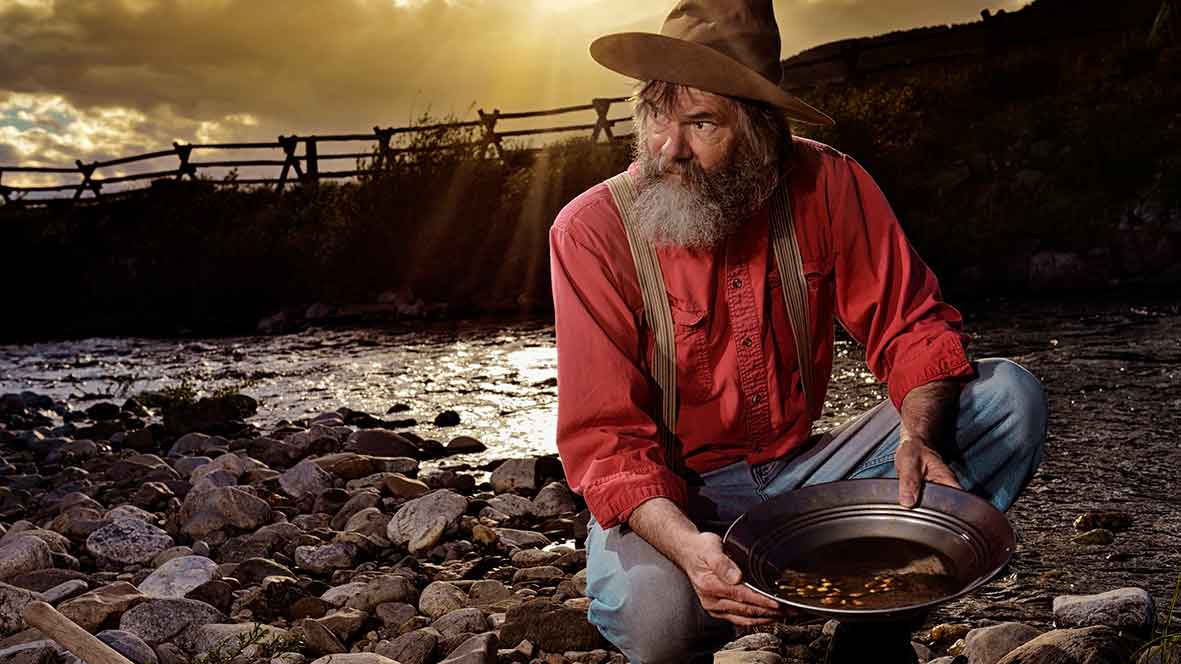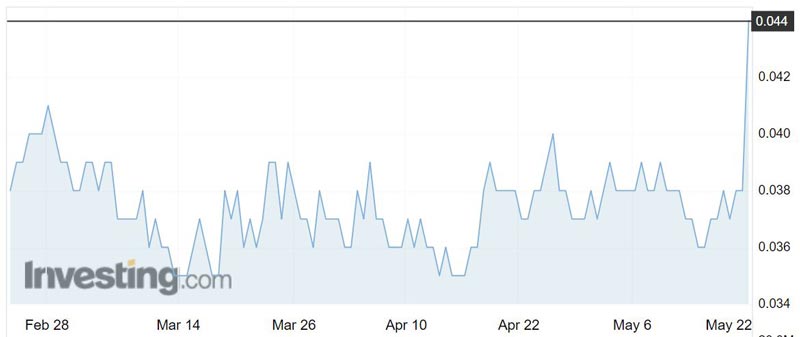Kairos adds more Pilbara gold to its collection; shares jump 29pc

It may have been the novelty of the conglomerate-hosted gold that brought interest back to the highly prospective Pilbara region of Western Australia, but Kairos Minerals is proving conventional gold resources can be just as exciting.
Investors jumped on board after Kairos (ASX:KAI) told the market it had defined a 643,000-ounce resource in the Pilbara.
Shares rallied 29 per cent to an intra-day high of 4.9c before edging back to 4.4c on Wednesday morning.
Kairos has boosted the resource for its Pilbara gold project by 150 per cent. The Mt York deposit alone holds 486,000 ounces – which is a 290 per cent increase over the previous resource estimate.
The current resource at Mt York deposit extends over a strike length of 3.5km and to a depth of 150m, but remains open along strike and at depth – meaning it could be a much bigger resource.
The gold that lies within Kairos’ landholding is banded iron formation (BIF)-hosted mineralisation.
BIF is a unique sedimentary rock that is usually billions of years old and most commonly hosts iron-rich minerals such as hematite and magnetite, but can also host non-iron resources such as gold.

Activity hotted up in the Pilbara after Artemis Resources (ASX:ARV) and its Canadian partner Novo Resources revealed a gold nugget find — that was eventually deemed to be conglomerate-hosted gold — at their Purdy’s Reward site south of Karratha, WA, mid last year.
“It’s a very exciting development the Pilbara gold-in-conglomerates in that it’s not very often you get a new target within an area,” executive chairman Terry Topping told Stockhead.
“Even though there’s been gold found in conglomerates for a long time, I think trying to get some context and understanding of why it’s there has been a bit different, and we’re quite happy really to be able to develop what is effectively a more conventional resource up there.”
- Bookmark this link for small cap breaking news
- Discuss small cap news in our Facebook group
- Follow us on Facebook or Twitter
- Subscribe to our daily newsletter
Kairos is now chasing higher grade gold on its landholding as part of a major new drilling program already underway.
“You’d like the conglomerate story to take over but it’s a fair way back at the moment in the sense that we already have 600,000 ounces,” Mr Topping said.
“What I think is if we can find some high-grade it’ll make a difference out of the conglomerates.”
UNLOCK INSIGHTS
Discover the untold stories of emerging ASX stocks.
Daily news and expert analysis, it's free to subscribe.
By proceeding, you confirm you understand that we handle personal information in accordance with our Privacy Policy.








